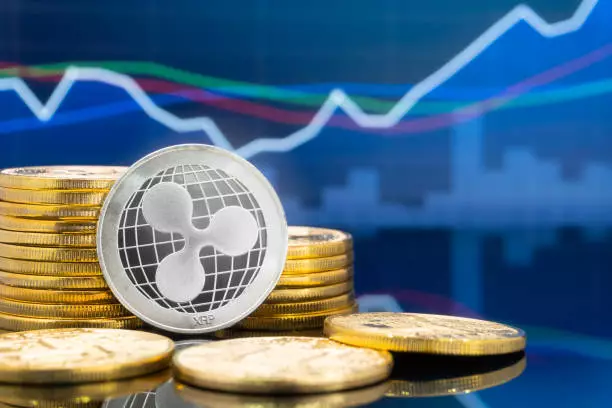In the unpredictable world of cryptocurrencies, narratives often oscillate between hope and skepticism. XRP, a digital asset long debated for its potential and regulatory hurdles, now finds itself at a crossroads where bold predictions threaten to distort investor perception. The recent forecast suggesting XRP could soar from its current $2 to an astonishing $1,000 challenges conventional wisdom and invites us to scrutinize the very foundation of such optimism. To believe in a thousand-dollar XRP isn’t just speculation; it’s a dangerous overconfidence rooted in historical comparison and exaggerated future potential that fails to account for real market complexities. Investors must critically evaluate whether such forecasts are grounded in feasible analysis or merely wishful thinking driven by nostalgia for past bull runs.
Historical Paradox Versus Present Reality
Drawing parallels between XRP’s initial parabolic ascent in 2017 and its current trajectory can be appealing, yet it often leads to misjudgments. Back then, XRP surged from pennies to nearly $3.50 in less than a year, fueled by a surge of retail enthusiasm before regulatory clouds started darkening the horizon. The very nature of that rally depended on an underestimation of risk and the sheer momentum of a market unencumbered by harsh scrutiny. Today, however, the landscape has shifted dramatically. Investors are cautious, regulations are tightening, and XRP’s role in the ecosystem is more scrutinized. Claiming that XRP will replicate or even surpass its former gains under these conditions oversimplifies and dismisses these complexities. Still, how many get blinded by nostalgia or the promise of exponential returns and fail to see the risk of overleveraging themselves with such lofty targets?
The Danger of Overestimating XRP’s Future Potential
The skepticism surrounding XRP’s pipedream of reaching $1,000 isn’t just rooted in market sentiment but in fundamental valuation assumptions. To justify such a price, XRP would have to deliver an unprecedented utility expansion, adoption rate, or integration that dwarfs current projections. Even the most bullish advocates acknowledge that this is speculative. The mere possibility, however, awakens a dangerous herd mentality—fueled by hype rather than substance. It’s crucial to ask: are these predictions based on blockchain fundamentals, regulatory breakthroughs, or just projections of exponential growth? Without tangible developments, discussing a 42,800% increase becomes a speculative gamble rather than a prudent investment. Predicting the next big surge without considering macroeconomic constraints, adoption hurdles, or regulatory resistance risks creating a false narrative that might fracture when reality doesn’t meet expectations.
Critical Reflection on the Power of Nostalgia and Market Psychology
The rally in 2017-2018 was powered in part by investor nostalgia—recalling the meteoric rise of Bitcoin and other altcoins—while neglecting the structural vulnerabilities that eventually led to sharp downturns. Today, the hype surrounding XRP’s potential future rally echoes those sentiments, but investors should be cautious of their emotional biases. The belief that XRP can immediately replicate the past’s explosive growth forgets that markets are now more sophisticated and less forgiving of overly optimistic predictions. The danger lies in an uncritical acceptance of these forecasts, which can lead to financial overexposure just when market corrections are looming. While the community’s enthusiasm is understandable, rational skepticism remains vital to preserve a balanced perspective amid the frenzy.
In a landscape dominated by hype, exaggerated forecasts, and emotional investment, maintaining a centrist yet cautious outlook is essential. XRP’s potential to achieve significant gains should not be dismissed outright, but neither should the risks associated with hyperbolic predictions. A more grounded approach recognizes that the path to a $1,000 XRP involves hurdles—regulatory, technological, and economic—that are often underestimated by overly optimistic prognosticators. Investors should focus on fundamentals, diversify their holdings, and avoid chasing distant dreams that ignore real-world complexities. The race to $1,000 is as much about understanding market limits as it is about bullish optimism. Wisdom demands that we temper hope with realism, lest we fall victim to the very illusions that have historically led markets astray.


















Leave a Reply